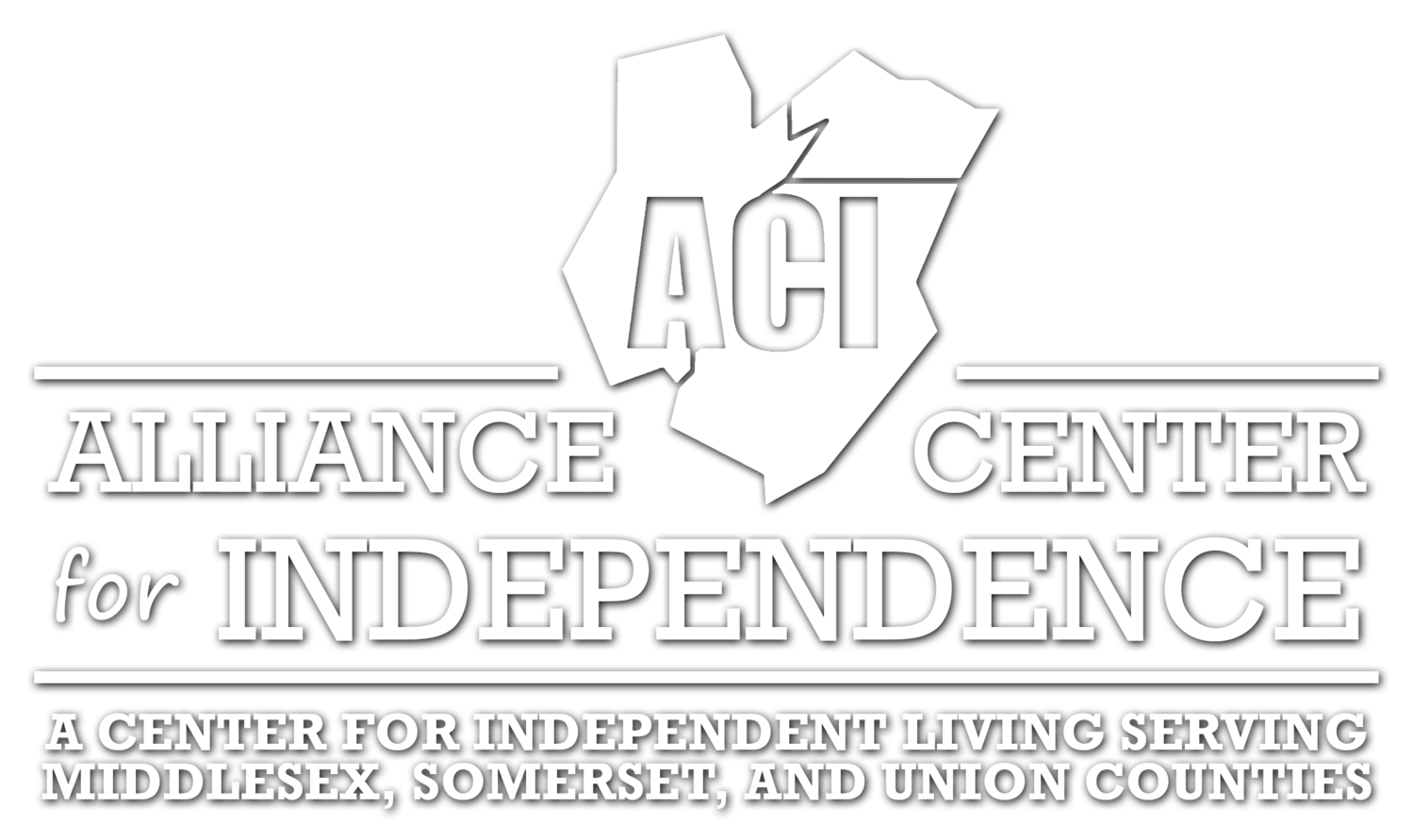Written By Patrick Young, Volunteer Blog Writer for ACI
Being a homeowner with a disability presents unique challenges. You want a living environment that supports your needs functionally, but you don’t want a home that feels institutional. Thanks to changes in the market, you can find homes that suit your mobility needs or modify an existing property for better accessibility.
Finding an existing home
Thanks to changes in attitudes about lifestyles and accommodations, finding accessible homes is becoming easier. One of the hottest housing trends is “universal design,” a concept Aging in Place describes as “...creating an attractive, stylish space that everyone, regardless of age, size or ability, can live in or visit.” By embracing these ideals, builders and renovators are adding more homes to the market that people with disabilities find move-in ready. Talk to your realtor about how to search for homes that are accessible.
Some of the design features accessible homes offer include a step-free entrance to the house, reachable controls and switches and wider doorways and hallways. Typically, accessible homes include one-floor living with a bedroom, full bathroom, kitchen and entertainment area on the ground floor. Other options to consider are non-slip flooring in the bathrooms and kitchen, raised toilets, threshold-free showers and multi-level kitchen countertops.
Thanks to the popularity of improved accessibility, modified homes are more aesthetically pleasing than they used to be as well. As HGTV points out, gone are the days of institutional-looking modifications. Now homes can look good and be practical, regardless of who is using them.
Altering a home to meet needs
Another option for people living with disabilities is to modify an existing home. As some experts note, with the general population growing older the market shifted making some home modifications easier and more affordable than ever. In order to keep costs within your budget, one recommendation is first searching for a home that can be altered relatively easily, then arranging your finances before making an offer on the property.
In order to make a realistic estimation of costs, you will need to fully assess your needs. For instance, do you need a ramp to improve access to the home’s entry? Do doorways need to be widened? Do you need countertops lowered?
The bathroom can be an area of particular concern. Adding grab bars is a common, low-cost addition; some professionals suggest opting for bars 1½ inches in diameter to accommodate the average hand. A step-in shower and seat help many people with mobility limitations and a toilet riser is another popular addition.
For some homeowners, being close to their workplace or health care professional are key points. You may wish to use a home accessibility checklist to help make your evaluation.
Many resources exist for funding your home renovations. There are specialized grants for veterans, nonprofits that pay for disability modifications, and various mortgage loans. In order to get an idea of project costs, you should connect with professional contractors and get some estimates or bids. As The Spruce explains, a bid is basically a firm number, while an estimate is a ballpark figure. Try to connect with at least three contractors when making your decisions.
In addition to mobility considerations, making modifications for general health purposes, like respiratory issues. For example, installing an air purifier, replacing air filters regularly (every 30-90 days, depending on the type), and getting rid of carpet can improve indoor air quality. This is especially important for children or elderly people whose immune systems may be compromised.
Also note, one way to make home modifications more affordable is in stages. By prioritizing what you need right away, a home can become more immediately accessible. Then add to your modifications as time goes by or as your needs change.
Meeting needs through improvements
Home environments for those with disabilities are improving. Thanks to modern housing trends, accessible homes are both practical and attractive. You can either find an existing house to meet your needs or adapt a home, improving accommodations to enhance your comfort and support your quality of life.




